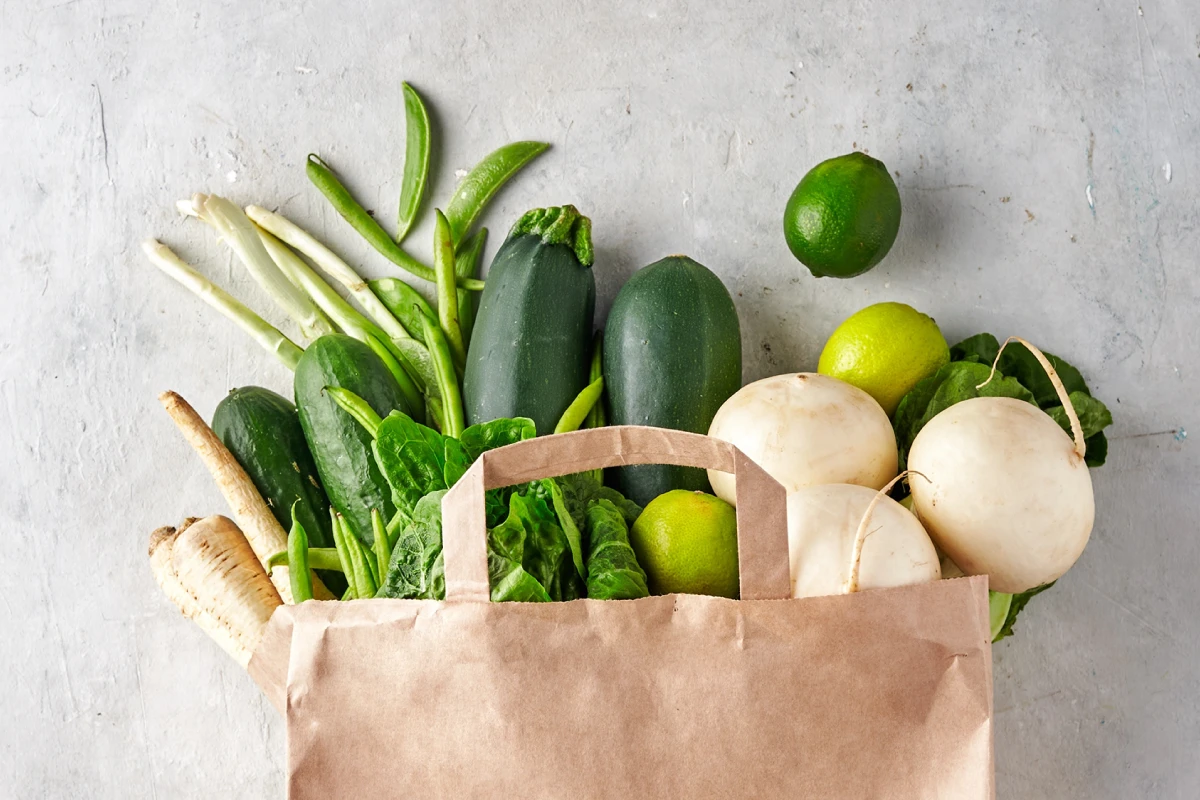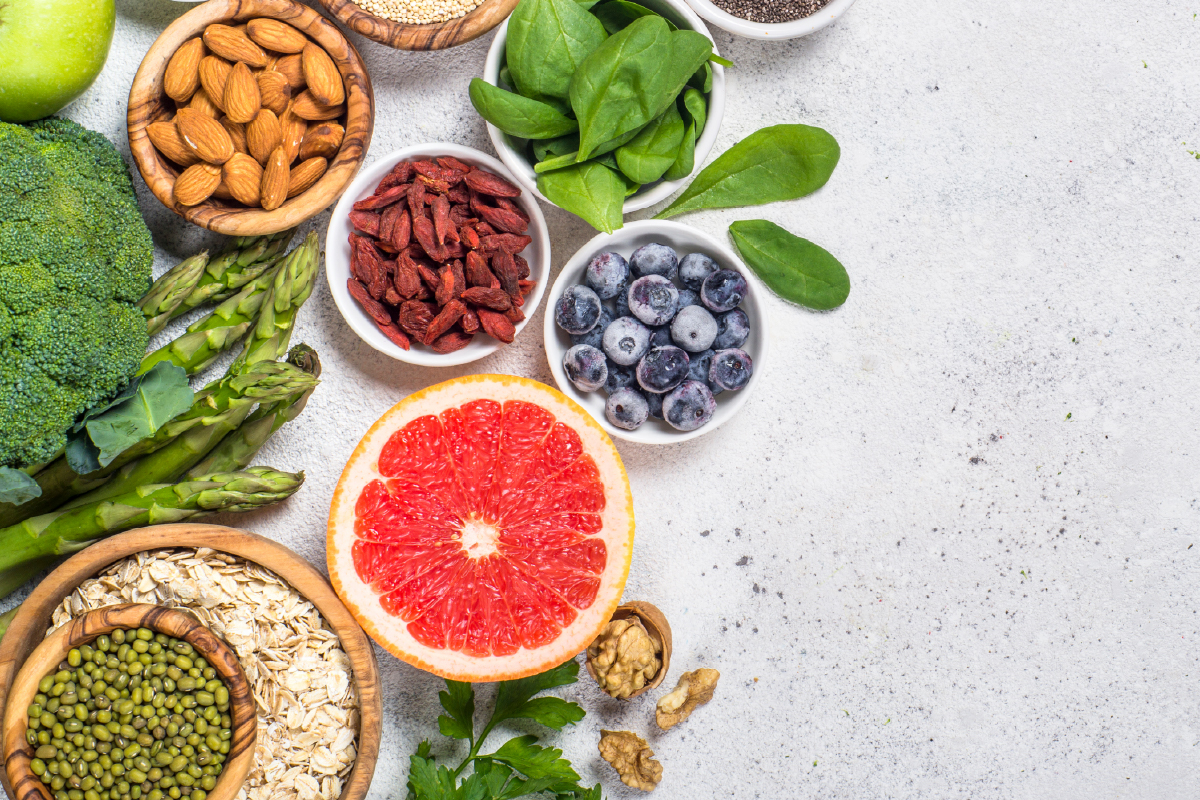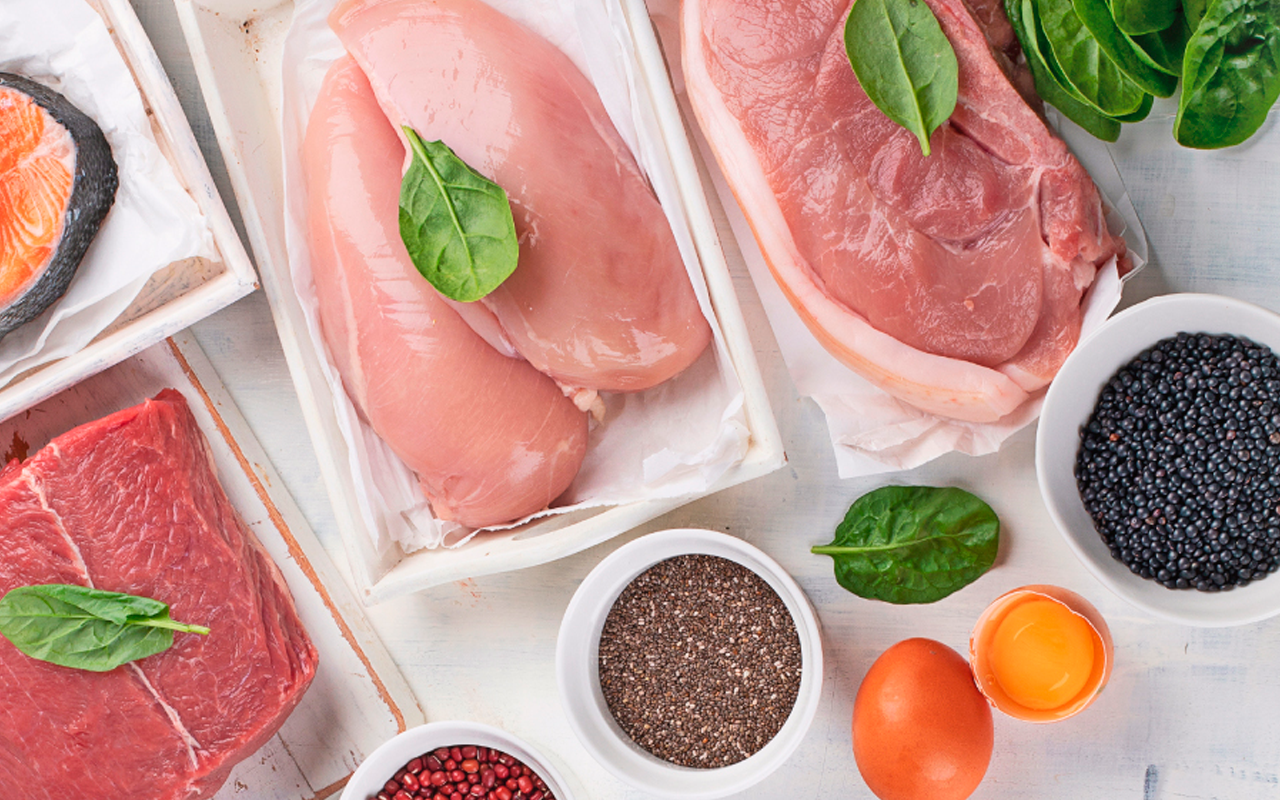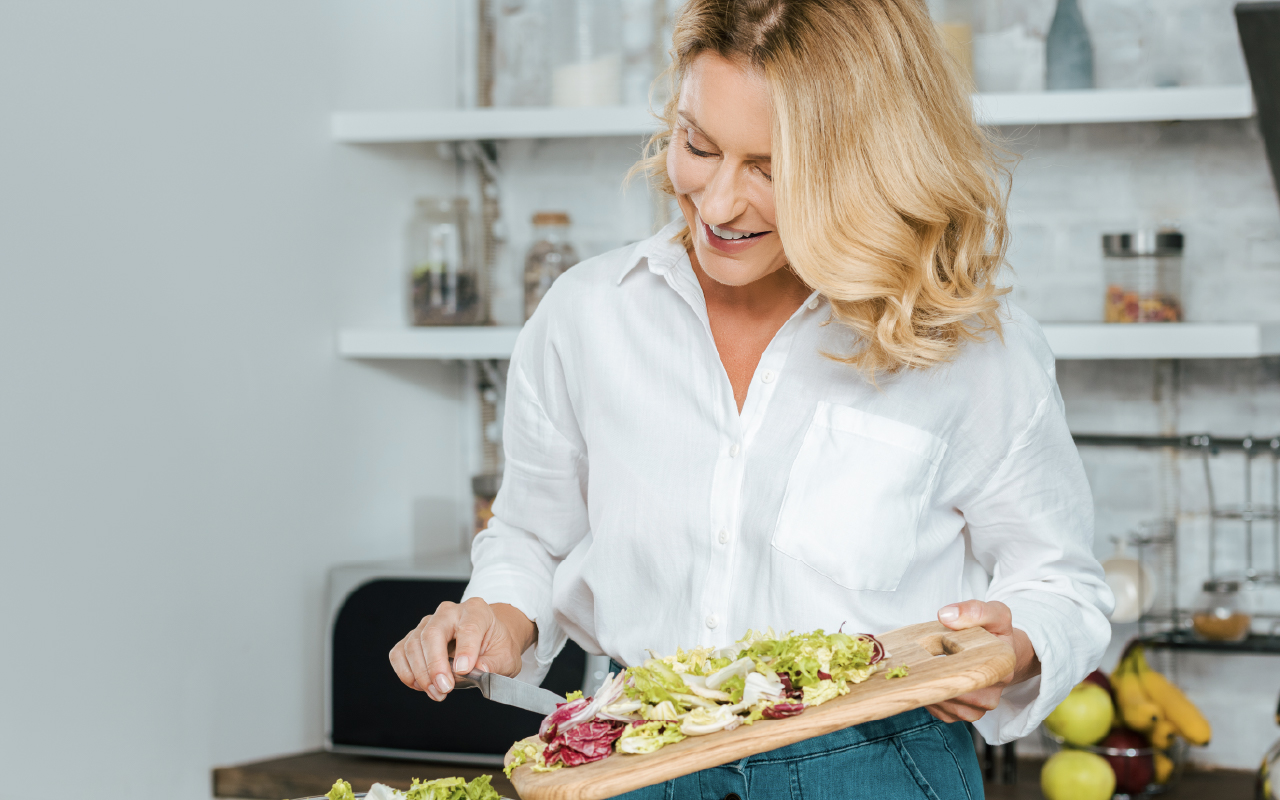Climaterian: Healthy Eating for you and the planet
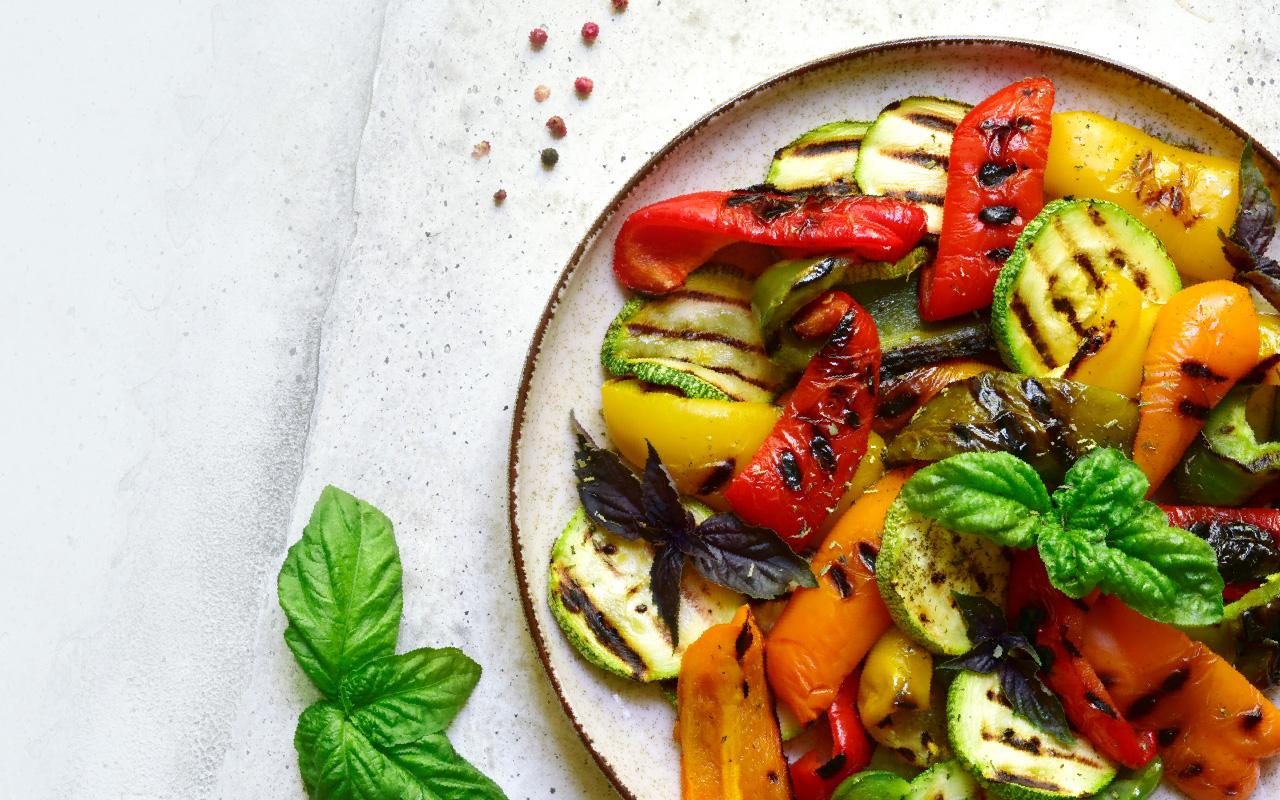

With all the new trends around food and the environment these days, it can be hard to keep up! Want to know what it means to be a climaterian?
The term was highlighted by The New York Times in 2015 among “the new words about food” and integrated into the Cambridge Dictionary the following year. Simply put, it means making food choices that are least harmful to the environment.
3StepDiet® is here to tell you about this lifestyle, so as you consider what’s best for your health, you can also be mindful of the health of our planet.
Consuming locally grown and produced food, reducing the consumption of animal products and giving preference to poultry and pork (which have less environmental impact) are some measures adopted by climaterians. Another component is making full use of food (husks, bones etc.) to avoid waste. These behaviors aim to reduce carbon emissions and, consequently, our impact on the environment.
A fundamental goal of this system is to understand the process that involves the food we eat, from production, transport and processing, and to make the best choices within the possibilities of each one. UN data show that approximately 75% of all fresh water on the planet is destined for livestock and agriculture, so there is little point in turning off the tap at home if we do not rethink our food consumption, especially animal products.
Although climaterians focus mainly on the environmental impact of food and not on their nutritional value or cost, the truth is that it is possible to reconcile the various issues.
The Portuguese Nutrition Association, in its sustainability e-book, suggests:
- Define a shopping list and purchase only the foods necessary for consumption;
- Fill half of your plate with plant-based foods;
- Limit animal products to one quarter of your plate;
- Limit consumption of red and processed meats;
- Increase the daily consumption of legumes and use them in place of meat, fish or eggs in some meals during the week;
- Opt for local and seasonal foods;
- Consume national fish, according to the season and with the minimum size required by law;
- Reuse leftovers from other meals;
- Reduce waste in food preparation and cooking;
- Using a pressure cooker allows you to save more energy;
- Limit oven use;
- Boiling water in a kettle is faster and involves less energy costs;
- Keep the pan covered while cooking and turn off the stove shortly before the end of cooking;
- Reuse packaging;
- Note the expiration date of the products and store the food with the closest dates in the front area;
- Consume the most perishable foods first;
- Recycle used packaging;
If you are interested in this concept, but think it requires too much effort, a quick online search can highlight apps that provide easy recipes in line with a climaterian lifestyle to cook with less environmental impact.

